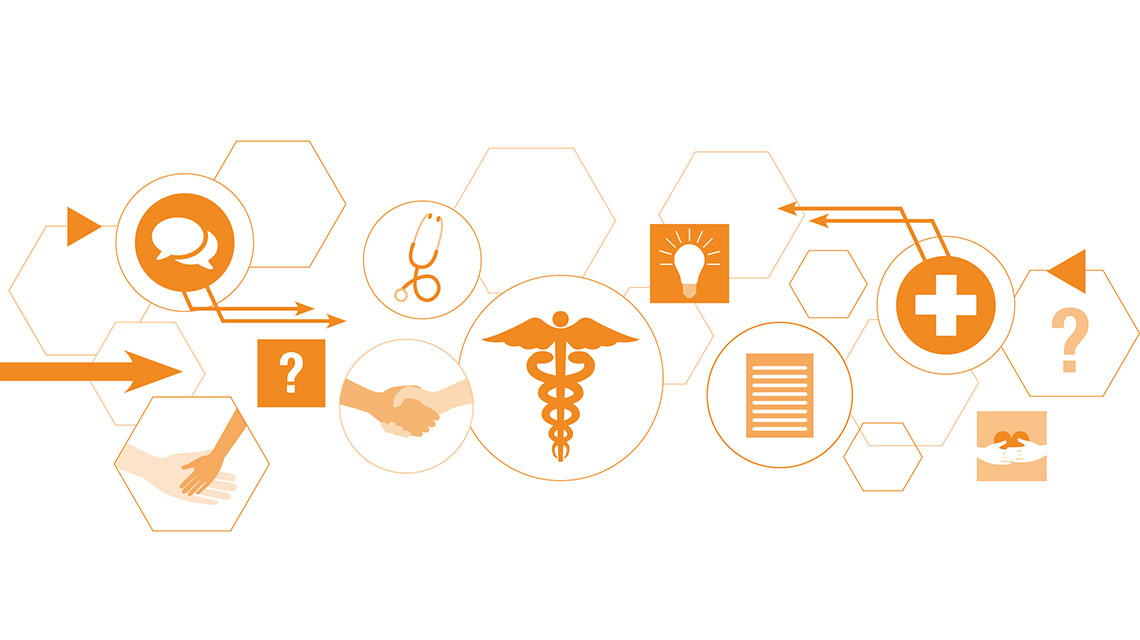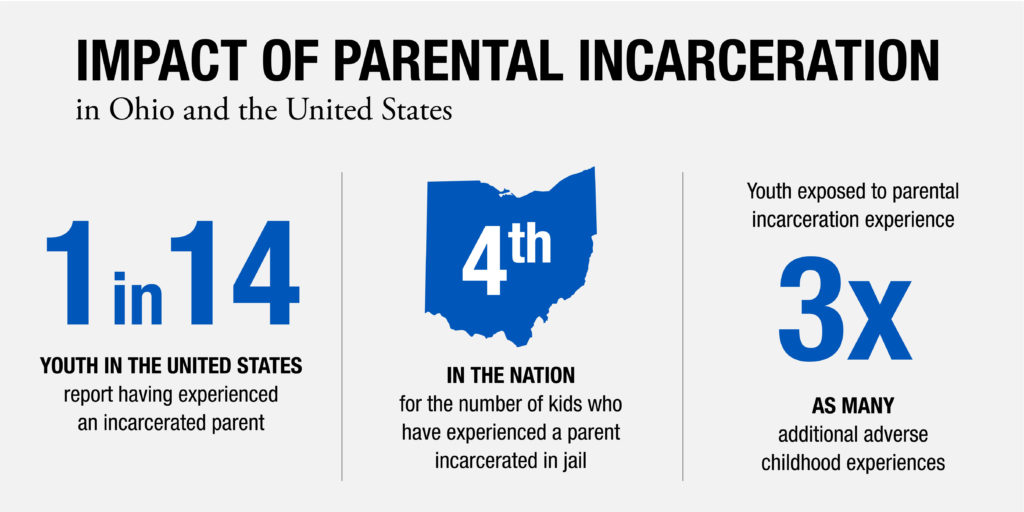Racism Revisited
Racism Revisited https://pediatricsnationwide.org/wp-content/uploads/2020/07/082719ds1233-1-1024x683.jpg 1024 683 Deena Chisolm, PhD https://pediatricsnationwide.org/wp-content/uploads/2021/03/Chisolm2019Pic-profile.jpgDeena Chisolm, PhD, shares why it is essential for the research community to take action against systemic racism. Five years after the publication of this post on racism, the topic is as relevant as ever. In the wake of racial disparities in the COVID-19 pandemic, continuing incidents of police brutality costing the lives of unarmed Black people,…









